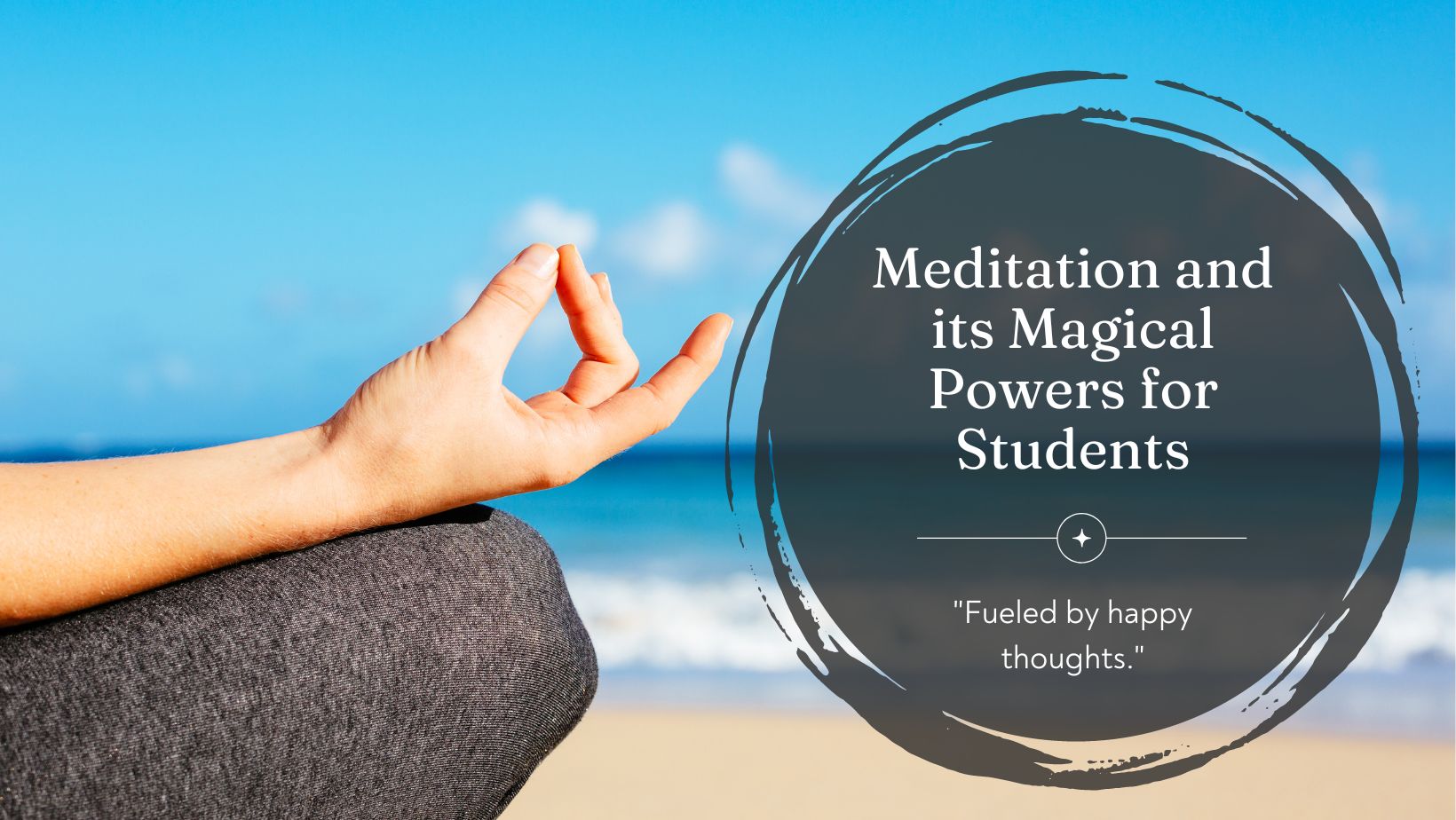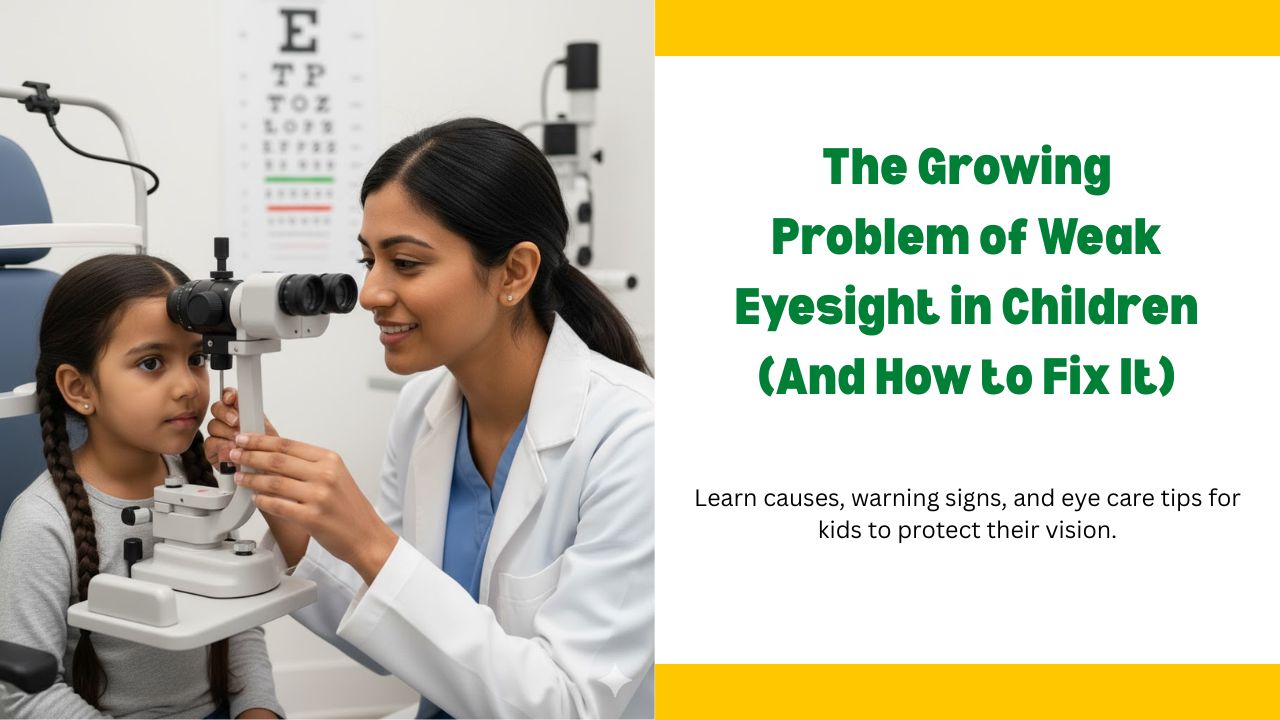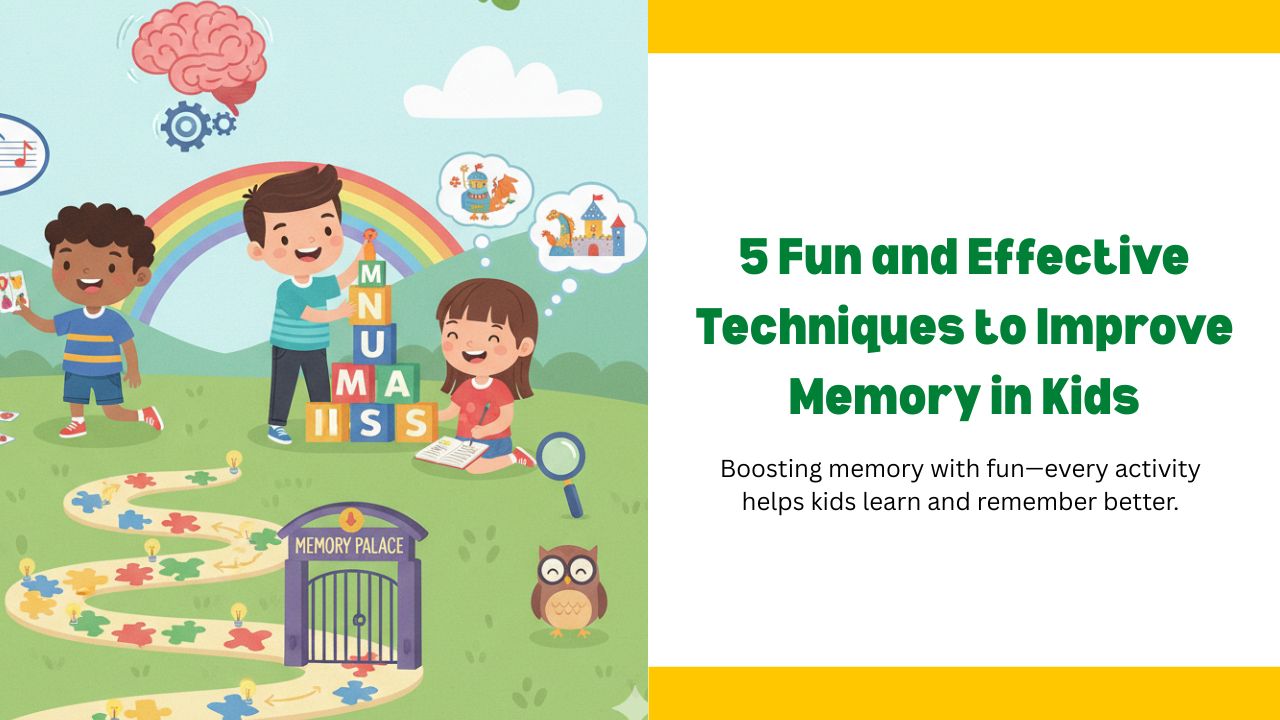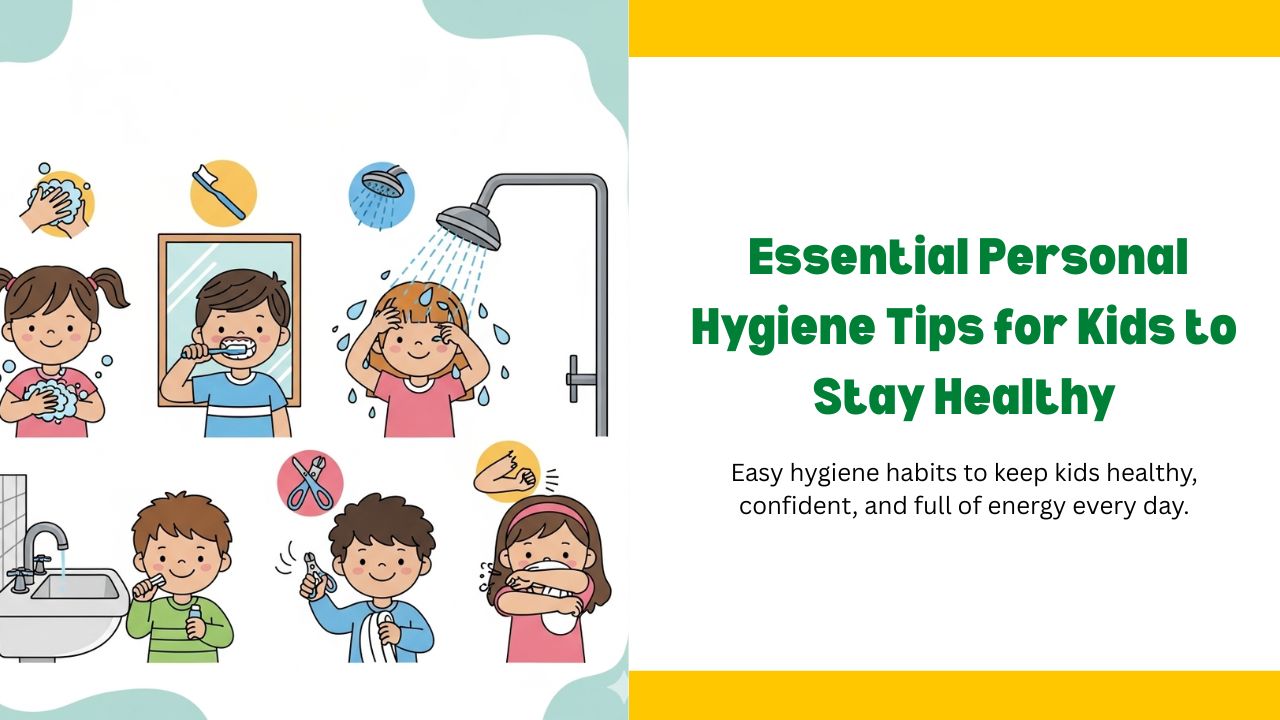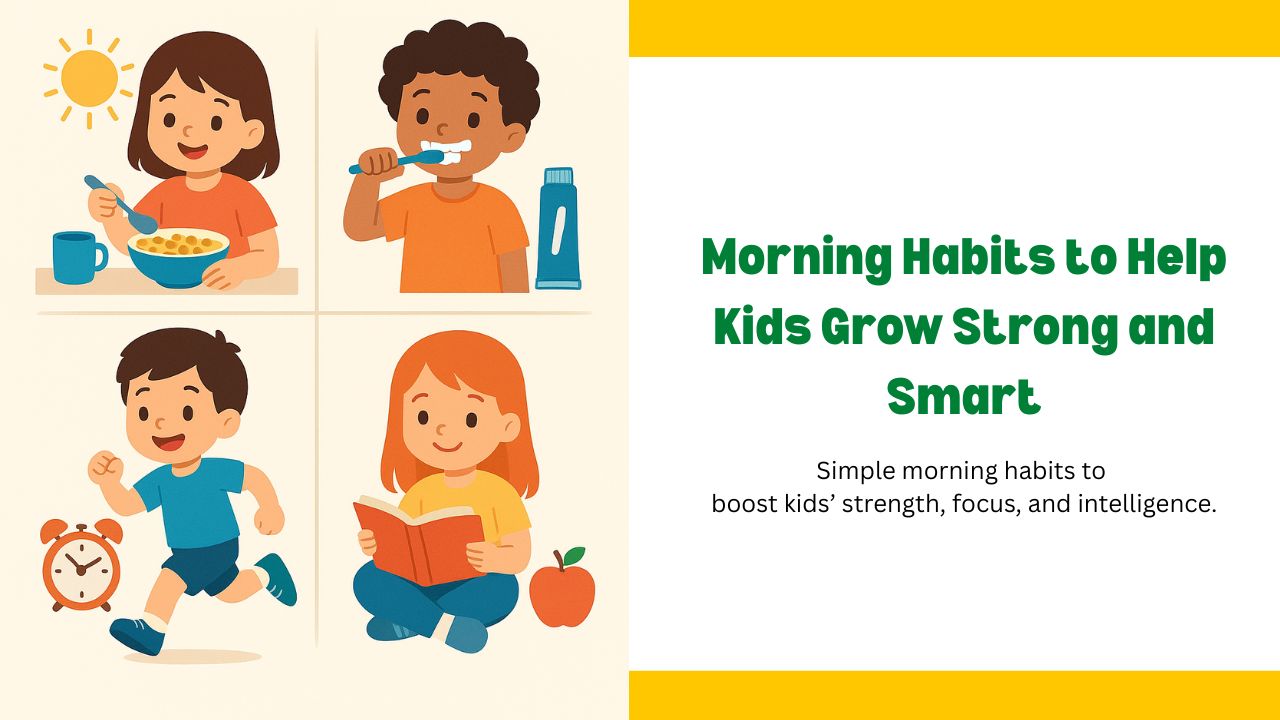Power of Meditation for Students
In the past- faced world of academia, students often have to juggle many responsibilities, from academic activities to extracurricular activities and social engagements. In the middle of this storm, the practice of meditation appears as a sign of calm, offering students a peaceful refuge in the middle of the storm. Meditation has ancient roots and modern applications that promise transformative powers that can greatly benefit students in their educational journey.
At Laureate High School, we recognize the importance of addressing student well-being in an academic environment. We understand that a holistic approach to education includes not only spiritual growth but also emotional, spiritual, and physical well-being. In this blog post, we explore the magical powers of meditation for students, shed light on its many benefits, and offer practical insights on how to integrate it into your daily life. Join us on this enlightening journey as we explore the transformative potential of meditation for students at Laureate High School and beyond.
What is Meditation?
Meditation can be defined as a mental exercise that aims to calm the mind, promote relaxation, and increase self-awareness through sustained attention and mindfulness. This involves turning the focus inward, away from external distractions, to develop a state of moment awareness and non-judgmental observation of thoughts, feelings, and emotions. This intentional spiritual practice promotes a sense of inner peace, clarity, and serenity, allowing people to navigate life’s challenges with greater flexibility and perspective.
Meditation encompasses a wide variety of forms and techniques, each offering unique benefits and approaches to cultivating mindfulness and inner peace. Some of the most common meditation practices are:
Body Scan Meditation
This mindfulness practice involves systematically scanning and being aware of different parts of the body from head to toe, noticing sensations, tension, and areas of relaxation. By developing evolutionary awareness, body scan meditation for students promotes relaxation, stress reduction, and a deeper connection with the physical self.
Mindfulness Meditation
Originating in the Buddhist tradition, mindfulness meditation involves paying focused attention to the present moment and observing thoughts and feelings without judgement or attachment. Techniques may include mindful breathing, body scanning, or mindful movement practices such as walking meditation.
Loving-Kindness Meditation
This practice, commonly referred to as Metta meditation, focuses on nurturing compassion, kindness, and benevolence towards both oneself and others. Practitioners usually recite phrases or imagine sending loving kindness to themselves, loved ones, and acquaintances, and even challenge people or groups.
Guided Visualization
In guided imagery meditation, practitioners are guided through written images or a story designed to induce relaxation, positive emotions, and mental clarity. This technique often includes elements of relaxation, visualization, and sensory imagery to facilitate deep relaxation and inner healing.
Focused Attention Meditation
This technique involves focusing the mind on a single point, such as the breath, a mantra, or a visual object. The goal is to develop concentration and mental stability by gently bringing attention back to the center when the mind distracts.
ALSO READ: The Role of Bhagavad Gita in Modern Education
Benefits of Meditation for Students
Improved focus and concentration
Regular meditation helps students train their minds to stay focused on a task, improving focus and concentration, which are essential for academic success.
Stress reduction and anxiety management
Meditation for students promotes relaxation and reduces the production of stress hormones, which helps students deal more effectively with exam anxiety, performance pressure, and other stressors.
Enhanced emotional regulation
Meditation for students to enhance their emotional regulation by developing mindfulness and self-awareness, ultimately resulting in increased emotional resilience and stability.
Boosted creativity and problem-solving skills
Meditation promotes divergent thinking and nurtures a creative mindset, enabling students to tackle obstacles with new viewpoints and inventive resolutions.
Better academic performance
The enhanced cognitive abilities, heightened concentration, and decreased anxiety linked to meditation play a significant role in improving academic achievements and educational results.
Improved physical health and immunity
Studies have indicated that the practice of meditation has the potential to reduce blood pressure, enhance the immune system, and alleviate symptoms associated with different physical conditions, thereby fostering general health and well-being.
Enhanced interpersonal relationships
Meditation cultivates positive relationships with peers, teachers, and family members by encouraging empathy, compassion, and effective communication skills, thus fostering a supportive and harmonious social environment.
Scientific Evidence Supporting Meditation
Neuroscientific Explanations of How Meditation Affects the Brain
Neuroplasticity: One of the most impressive discoveries in neuroscience is the concept of neuroplasticity—the brain’s ability to reorganise and adapt in response to experience and environmental stimuli. Using neuroimaging studies such as functional magnetic resonance imaging (fMRI) and electroencephalography (EEG), researchers observed structural and functional changes in the brains of experienced meditators, including increased gray matter density in areas related to attention, emotional regulation, and self-awareness.
Enhanced Connectivity
Meditation has been linked to increased connectivity between different brain regions, particularly those involved in attention control and self-awareness. This enhanced connectivity can facilitate cognitive processes such as sustained attention and emotion regulation.
Balanced Neurotransmitters: Meditation has been found to modulate levels of brain neurotransmitters, including serotonin, dopamine, and gamma-aminobutyric acid (GABA), which are involved in mood regulation, reward processing, and stress reduction.
Psychological Theories Supporting the Efficacy of Meditation
In addition to its neuroscientific impact, meditation is supported by various psychological theories that explain its effectiveness in improving mental well-being and academic performance:
Attention Restoration Theory: According to this theory, attention fatigue can occur when a person is constantly exposed to stimuli that require concentration, such as studying or using electronic devices. Meditation alleviates this cognitive fatigue by allowing the mind to rest and recharge, which improves attentional resources and cognitive performance.
Mindfulness-Based Stress Reduction (MBSR):
MBSR, which draws from Buddhist mindfulness techniques, focuses on being fully present and accepting thoughts and emotions without judgement. Through regular meditation practice, individuals can build resilience to stress, better manage their emotions, and experience an overall improvement in their well-being.
Self-Determination Theory (SDT):
SDT suggests that intrinsic motivation, autonomy, and competence are crucial for optimal human functioning and psychological well-being. Meditation supports these psychological needs by encouraging self-awareness, self-regulation, and a feeling of control over one’s thoughts and emotions, ultimately boosting intrinsic motivation and academic involvement.
Cognitive-Behavioral Therapy (CBT):
CBT highlights the significance of cognitive functions in influencing emotions and actions. By practising mindfulness meditation, individuals have the opportunity to cultivate metacognitive awareness, enabling them to recognize and adjust harmful thought patterns that impact stress levels, anxiety, and academic achievements.
Practical Tips for Students to Start Meditating
Creating a conducive environment for meditation:
It is important to create a quiet space for meditation. Find a quiet corner in your room or a quiet place outside where you won’t be disturbed. Turn off the lights, play soft music or nature sounds if that helps, and make sure you’re comfortable.
Setting realistic goals and expectations:
Start small and gradually increase the length and frequency of your meditation sessions. Setting realistic goals will ensure you stay motivated and avoid discouragement. Aim for consistency, not perfection.
Exploring different meditation techniques:
There are many different meditation techniques, so find out what you like. Whether it’s mindfulness meditation, guided visualisation, or loving-kindness, try different practices to find one that suits your preferences and needs.
Integrating meditation into a daily routine:
Incorporate meditation into your daily routine to make it a habit. To create a rhythm, schedule regular meditation sessions, preferably at the same time every day. Consider meditating in the morning to set a positive tone for the day, or in the evening to relax and unwind.
Overcoming common challenges and obstacles:
It is natural to experience challenges such as wandering thoughts, restlessness, or difficulty concentrating as you begin your meditation practice. Instead of getting frustrated, face these challenges with compassion and patience. Remember that meditation is a journey and progress takes time. Try different strategies to focus your attention, such as breathing or body scanning.
Addressing Common Misconceptions About Meditation
Meditation is only effective for reducing stress:
While stress reduction is one of the most well-known benefits of meditation, its scope extends much further. Studies have shown that regular meditation can improve cognitive function, improve focus and concentration, increase creativity, promote emotional well-being, and even strengthen the immune system. These benefits are especially valuable for students who strive to achieve academic success and maintain a healthy work-life balance.
Meditation requires hours of sitting in silence:
Another myth surrounding meditation is that it requires long hours of complete silence. While traditional meditation practices such as mindfulness or concentration meditation require sitting still for long periods, there are different forms of meditation to suit different preferences and schedules. Even short five-minute meditation sessions can have significant benefits when they fit into a student’s busy lifestyle.
Conclusion
In the hustle and bustle of academic life, students often worry about assignments, exams, and extracurricular activities. Amid this chaos, finding moments of calm and clarity is essential to maintaining mental well-being. Meditation, a thousand-year-old practice, offers students a refuge to find peace amid the storm. Its benefits go far beyond relaxation; meditation increases concentration, reduces stress, and promotes emotional resilience. By incorporating meditation into their daily routines, students can develop a mindset that promotes academic success. We encourage our students at Laureate High School to embrace meditation as a tool for self-care and wellness, ultimately paving the way for a brighter academic journey.
In this blog, we explore how meditation empowers students. We explore its benefits, such as reduced stress, increased concentration, and improved academic performance. By incorporating meditation into their daily routine, students can unlock their full potential. Join us on this transformative journey to academic excellence and inner peace.
Follow Us On Instagram:-@laureatehighschool

